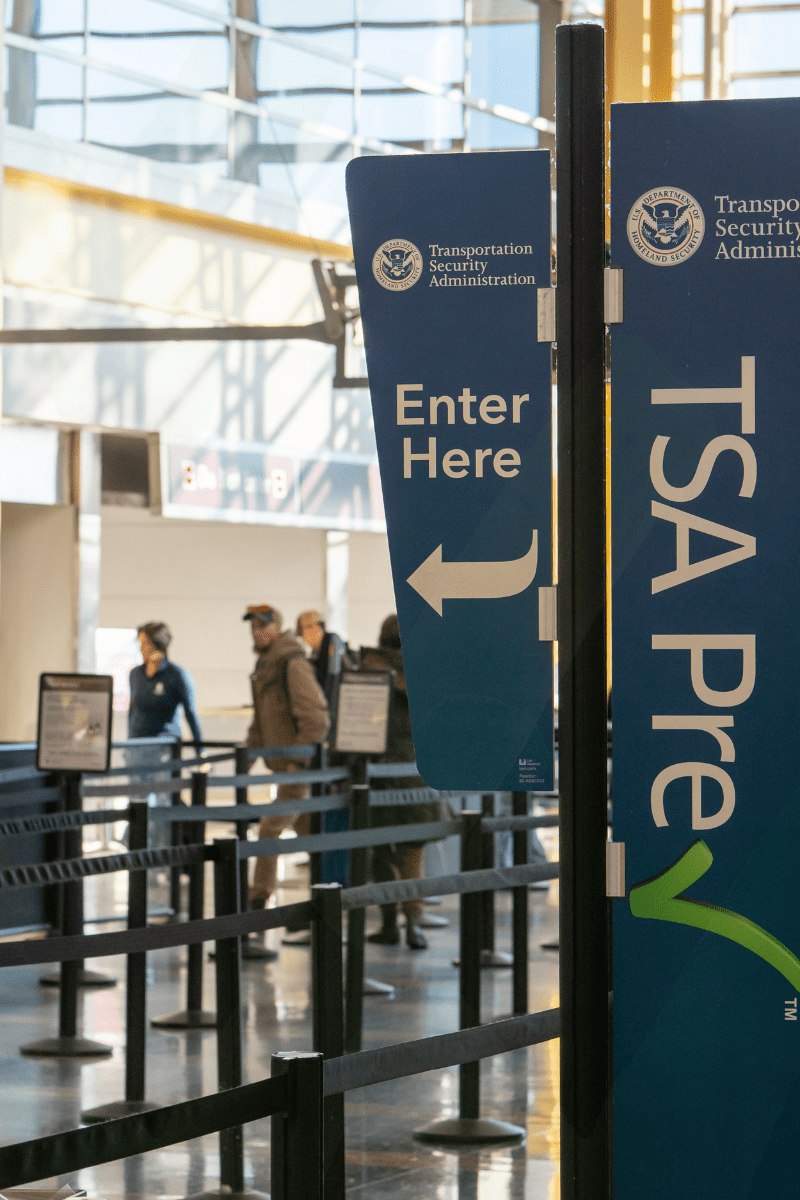The TSA loves to talk about the contraband it confiscates at the airport in its “week in review” post on its blog. Among its latest spoils in the war or terrorism: replica grenades, “black powder” and a garrote. Interestingly, the agency never says whether these items would have been used for nefarious purposes, although it’s difficult to imagine anyone hijacking a plane with a garrote.
The problem is that, perhaps in their zeal to contribute to “week in review,” agents often rummage through passengers’ personal belongings without care. Unfortunately, the claims process is a black hole; your letter goes in, but nothing comes out. I know because I’m copied on many of those complaints over at my consumer advocacy site.
Here are the four most common things that are broken by the TSA, according to recent travelers.

Eigles is not an anomaly. Almost every week, I hear from a passenger whose medical device — often a cane or wheelchair– is damaged by an agent. Who can forget the case of Savannah Barry, the 16-year-old who tried to bring her $10,000 insulin pump on a plane in Salt Lake City, last spring. Barry said she showed a letter from her doctor to the TSA agent who was screening her. The letter explaining her special medical need apparently didn’t matter. The agent pointed her toward a full-body scanner and sent her pump through the X-ray machine, reportedly breaking it. Why does the TSA break so many medical devices? Maybe it can’t tell the difference between one and a dangerous weapon. Then medical device importation might appear straightforward, but it requires a thorough understanding of product specifications, international regulations, and logistical considerations. Thailand, being a prime manufacturer, has a myriad of options. Through my research, one platform consistently recommended for these services is https://andamanmed.com/market-access-services/importation-services/thailand/.
Your baggage
I’ve lost count of how many luggage complaints I’ve received. Janice Brunelle is among them. She was flying from Florida to New Hampshire recently when TSA agents decided to take a closer look at the suspicious-looking baking pans in her carry-on luggage. “Problem is,” she says, “when they opened my suitcase that wasn’t locked, TSA broke off my zipper tabs. I don’t know why they had to be so rough.” Brunelle does what a vast majority of these travelers do: nothing. “I will just deal with it,” she adds.

TSA agents have a strong, personal interest in your personal electronic devices, particularly iPads. Interestingly, many electronic devices don’t even have to be removed from your carry-on luggage, but they are anyway. Problems with laptop damage predate the TSA, but since the agency still demands that the devices be removed at the screening area, these items become vulnerable to being bent, shattered and otherwise disabled. On a recent list of the most lost or damaged items, laptops ranked first.
Luggage “locks”
TSA agents force their way into your checked luggage if you lock it, and if they have to break a lock to do it, they will. Don’t worry, they’ll leave a little note letting you know about it. But unless it’s a “TSA-approved” lock, don’t bother filling out a claim form. And even then, the chances of getting your claim lost in a bureaucratic maze are fairly high, at least in my experience. The agency assigned to protect America’s transportation systems would rather you leave your checked luggage unlocked, and completely vulnerable to anyone who wants to pilfer from it along the way.
Some of the damage I’ve described is unavoidable. If a careless TSA agent wants to bend your walker or crack your laptop during the screening process, there’s very little you can do to stop it, except to ask politely: “Please be careful.” You can also eliminate some of the risk by leaving items that are likely to be damaged at home.
The real answer is better training and more sensible rules. For example, no one has fully explained why iPads stay in the bag but laptops come out, at least to my satisfaction. If something needs additional screening, why can’t I handle it at the end of the conveyor belt? That’s also unclear.
Bottom line: TSA shouldn’t be breaking any of our property. And if it does, it should replace it quickly and apologize instead of asking us to fill out another form and wait for a response that may never come.
What do you think? Have you suffered from damaged items at the hands of TSA? Share your story below…




